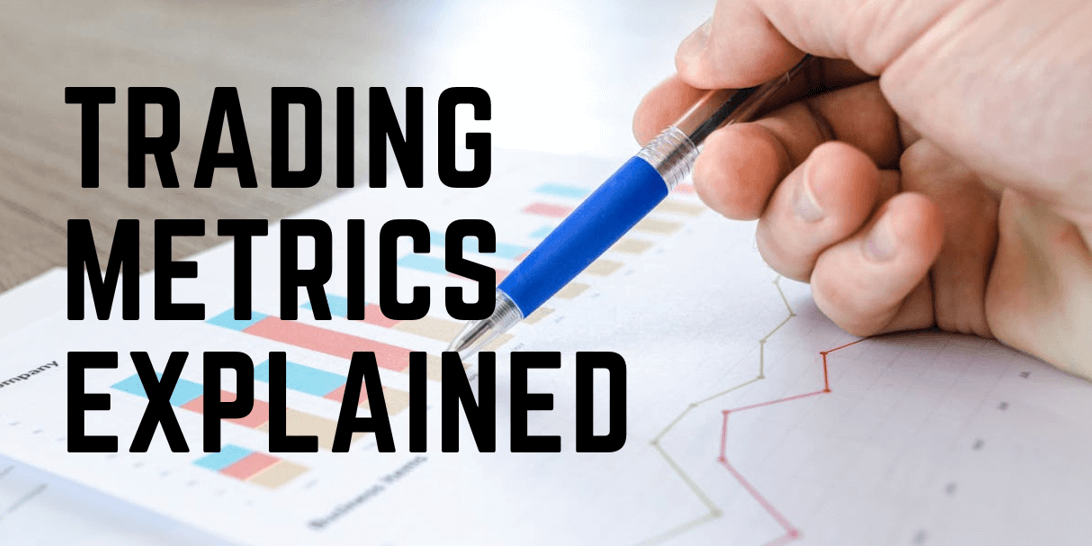Understanding MAE and MFE Metrics: A Guide for Traders

As a trader, comprehending and effectively utilizing various metrics can significantly enhance your trading performance. Among these, Maximum Adverse Excursion (MAE) and Maximum Favorable Excursion (MFE) are crucial metrics that can provide valuable insights into your trades' performance. In this blog post, we'll delve into what these metrics are, their importance, and how they can be used to refine your trading strategy.
What is MAE (Maximum Adverse Excursion)?
Maximum Adverse Excursion (MAE) measures the largest intraday drawdown (or loss) from the entry price of a trade to its worst point before either a stop-loss is triggered or the position is closed. Essentially, it tells you how far against you a trade has moved at its worst point. This metric is crucial for understanding the risk and potential drawdowns associated with your trades.What is MFE (Maximum Favorable Excursion)?
Maximum Favorable Excursion (MFE) measures the highest intraday gain from the entry price of a trade to its best point before either a target is hit or the position is closed. MFE helps you gauge the potential profit you could have achieved if you had exited the trade at the optimal time. It provides insights into the best-case scenario of your trade.Why are MAE and MFE Important?
- Risk Management:
- MAE helps traders understand the maximum potential loss they might face before a trade turns profitable or hits a stop-loss. This information is vital for setting appropriate stop-loss levels and managing overall risk.
- Example: Suppose you enter a long position at $100, and the price drops to $95 before recovering to close at $105. The MAE in this case is $5. If this is a common occurrence in your trades, you might consider setting your stop-loss slightly below this level to avoid premature exits.
- Optimizing Exit Strategies:
- MFE provides insights into the maximum potential profit of a trade. Understanding this can help in setting realistic profit targets and optimizing exit strategies to capture maximum gains.
- Example: If you enter a trade at $50, and the price peaks at $60 before closing at $55, the MFE is $10. If your trades consistently show a high MFE, you might consider trailing stops or other exit strategies to capture more of these favorable moves.
- Performance Analysis:
- Analyzing MAE and MFE over multiple trades can help identify patterns and improve trading strategies. By comparing these metrics across trades, you can better understand your trade entries and exits' effectiveness.
- Example: Suppose your average MFE across trades is significantly higher than your actual profits. In that case, it might indicate that you're exiting trades too early, missing out on potential gains.
Practical Application of MAE and MFE
To illustrate how MAE and MFE can be applied in a real-world trading scenario, let's consider two hypothetical trades:- Trade 1:
- Entry Price: $100
- Lowest Price Reached: $95 (MAE = $5)
- Highest Price Reached: $110 (MFE = $10)
- Closing Price: $105
- Analysis: The MAE indicates a potential risk of $5, while the MFE shows a possible profit of $10. Given the closing price of $105, you might consider whether a trailing stop could have captured more of the $10 favorable move.
- Trade 2:
- Entry Price: $200
- Lowest Price Reached: $180 (MAE = $20)
- Highest Price Reached: $220 (MFE = $20)
- Closing Price: $210
- Analysis: With an MAE of $20, this trade had significant risk. However, the MFE of $20 shows strong potential profit. The closing price suggests a partial realization of the MFE. Reviewing this trade, you might evaluate whether the stop-loss was set too wide or if the exit strategy was optimal.
Additional Tips for Traders
- Regular Review: Regularly reviewing MAE and MFE metrics can help you identify trends and adjust your trading strategies accordingly.
- Backtesting: Use historical data to backtest different stop-loss and take-profit strategies based on MAE and MFE to find the most effective approach for your trading style.
- Holistic Approach: While MAE and MFE are valuable, they should be considered alongside other metrics and factors such as market conditions, trade volume, and news events.
Conclusion
MAE and MFE are powerful tools that can provide deep insights into your trades' performance, helping you optimize risk management and exit strategies. By understanding and utilizing these metrics, you can make more informed decisions, ultimately improving your trading outcomes. Keep these metrics in your trading toolkit, and regularly review and adjust your strategies to achieve greater success in the market.Happy trading!